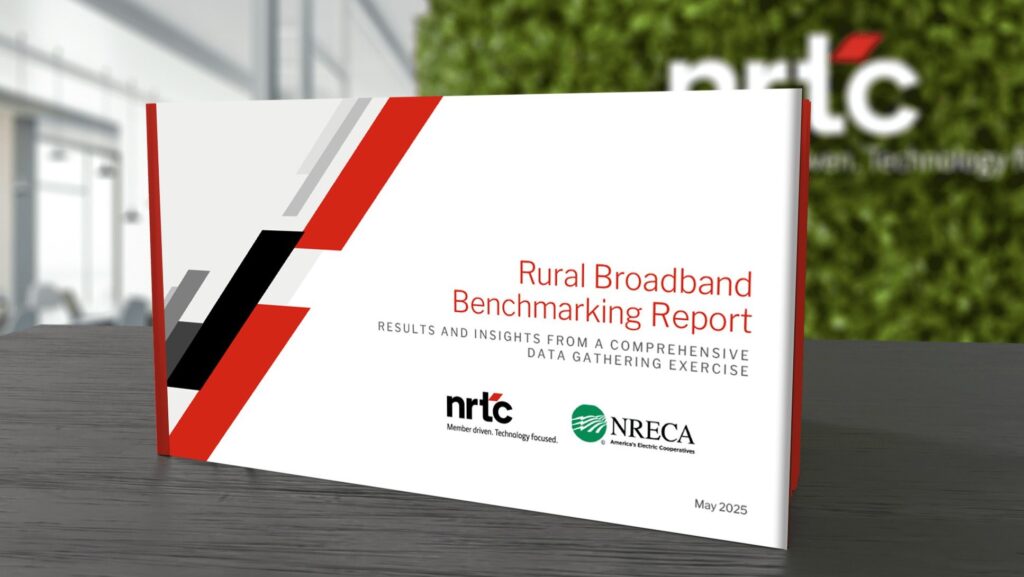Grid Resiliency Can Help Avert Bad Weather Costs
Randy Sukow
|

The last two years have seen their share of hurricanes, tornadoes, wildfires and other weather emergencies that forced prolonged electricity outages. For rural electric co-ops, the hardships and costs of the February 2021 winter storm in Texas with more than $200 billion in damages, was especially memorable. Over the same two years, microgrids and other forms of resilient technology have been building a track record for helping communities and businesses through the disasters.

NRTC recently hosted a webinar, “10 Insights to Improve Grid Resiliency Learned from the Costly Extreme U.S. Weather Events.” Resiliency partner PowerSecure shared several case studies where alternative generation, distribution and storage approaches made a difference. During the Texas storm, “our microgrids were out there doing the work with over 2,260 megawatt hours of energy produced,” said Kelly Land, business development manager for PowerSecure.
In another case, Rouses Markets, a regional chain of grocery stores serving Louisiana and Alabama, was able to keep its locations open throughout the 2020 hurricane season as several strong storms rocked the Gulf Coast. During a particular storm, 34 stores experienced outages, but 31 of them were able to restore power quickly because the company had installed generators, many of them through PowerSecure. Pictured is the microgrid installation at one Rouses store.
The investment paid off in multiple ways. For example, the stores saved substantial amounts of perishable merchandise. But more importantly, they built customer satisfaction and loyalty. “The lights were on for 21 days when the lights at many of the stores in the area were not,” Land said.
“The day after the last storm that came through it was really nice to know that Rouses was open because they had power and we could come get stuff that we needed,” said one customer in a brief video detailing the generator installation project.
Land offered several ways that cooperatives might consider using microgrids to complement their own operation or provide a service to the community. Some might consider solar installations “right underneath a microgrid controller,” he said. Some cooperatives might serve military installations, assistant living centers, hospitals and others that have critical needs for reliable energy. Some business and government organizations have begun deploying fleets of electric service vehicles. “That’s fantastic, but that also makes relying on uninterrupted power that much more important,” he said. Charging stations will need microgrid backup systems.
Analyzing how microgrids potentially fit into a co-op’s future is one of many factors NRTC considers when helping members develop long-term technology plans. “We look at your entire utility and create a 10-year workable roadmap to develop return on investment for individual programs you might want to implement locally, such as demand management and demand response,” said NRTC Regional Business Manager (RBM) Matt Timmons during the webinar.
A recording of the webinar is available for interested members. For more information, members should contact their RBMs or write to smartgrid@nrtccoopstg.wpengine.com.


